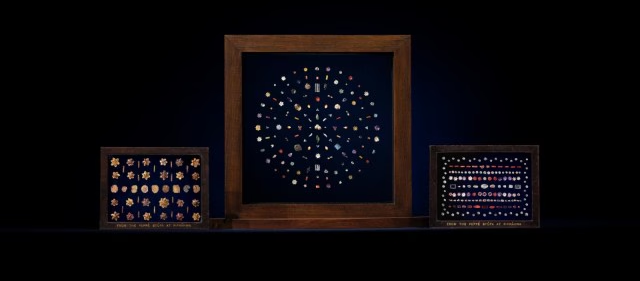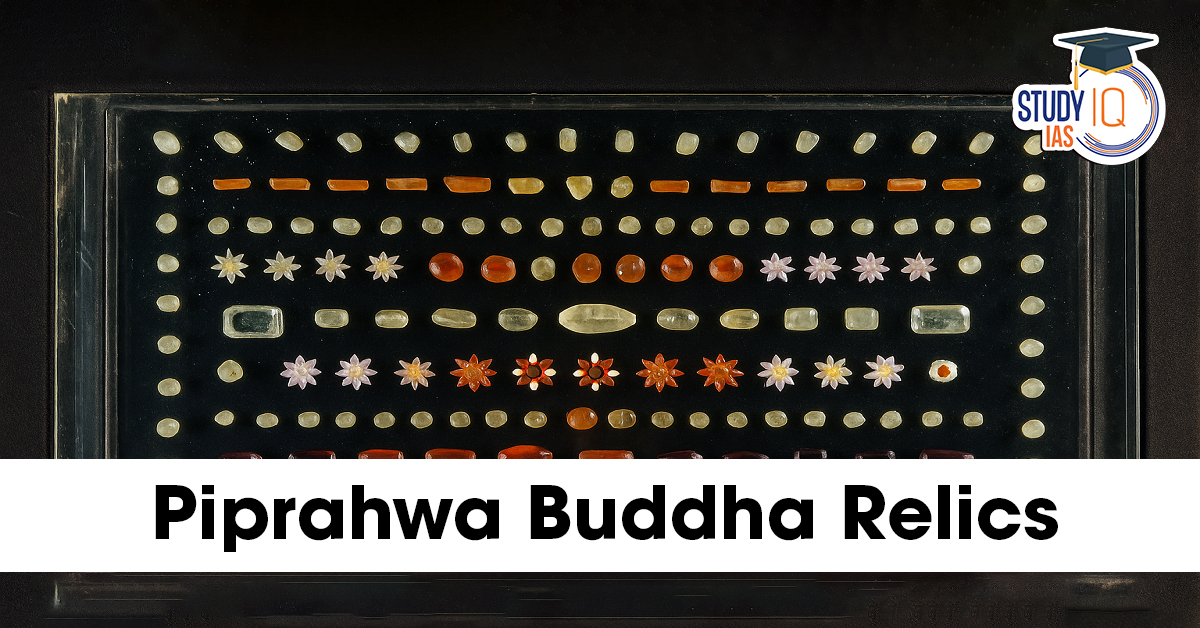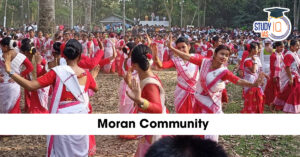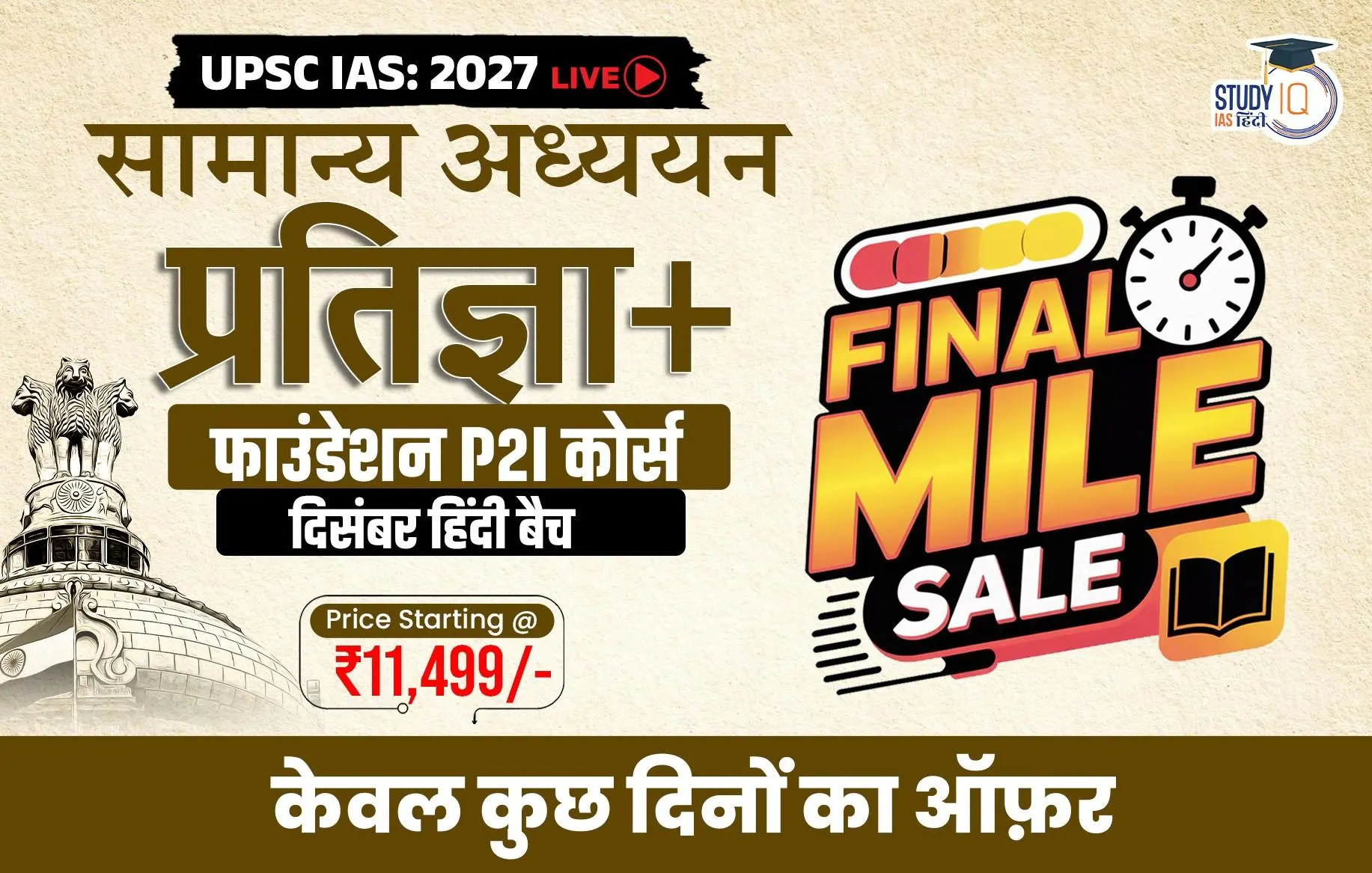Table of Contents
News? Jewels forming a portion of the sacred Piprahwa relics of Lord Buddha, which had recently come up for auction at Sotheby’s Hong Kong, were repatriated to India.
Piprahwa Relics of Lord Buddha
The Piprahwa Relics are a group of sacred relics, such as bone shards and decorative gems, which are commonly thought to be the earthly remains of Lord Buddha. They are one of the most significant archaeological and religious findings in Buddhist history.
- Earlier, the Indian ministry posted a letter it sent to Sotheby’s and Chris Peppé, the great-grandson of William Claxton Peppé.
- William Claxton Peppé was an English estate manager who excavated a stupa at Piprahwa (present day Uttar Pradesh), just south of Lumbini, in 1898, the believed birthplace of Buddha.
- The findings included nearly 1,800 gems, including rubies, topaz, sapphires and patterned gold sheets, stored inside a brick chamber.
- The bone relics were gifted to the Buddhist King of Siam (Rama V).
- 5 relic urns, a stone chest, and most other items were sent to the Indian Museum in Kolkata, then known as the Imperial Museum of Calcutta.

What the Relics Are
The Piprahwa discovery was a set of objects deposited inside a very large stone coffer. The set contained:
- Bone remains and ashes, said to be the śarīra-dhātu (bodily relics) of the Buddha.
- Many precious and semi-precious objects, such as gold and silver jewellery, rock crystal, pearls, rubies, and other gems.
After the discovery, most of the bone remains were presented to the King of Siam (now Thailand), and much of the treasure was relocated to the Indian Museum in Kolkata. A few of the gems and other objects, “duplicate items” as they have been called, were kept by Peppé and stayed with his family for more than a century.
Discovery and Historical Significance
The remains were unearthed in 1898 by William Claxton Peppé, a British colonial engineer, when he was excavating a big stupa at Piprahwa, a village in the Siddharthnagar district of Uttar Pradesh, India, along the border with Nepal.
The find was of tremendous historical and religious importance for a variety of reasons:
- Archaeological Evidence: One of the stone coffins excavated at the site bore an inscription in the Brahmi script stating that the remains inside were the remains of the Buddha, attesting to the historicity of the cremation and subsequent enshrinement of his remains.
- Original Stupa: Scholars came to believe, based on the inscription and archaeological evidence, that the Shakya clan, to which the Buddha was born, constructed this stupa to contain their share of the Buddha’s relics after his Mahāparinirvāṇa.
- The First Finds: Before this discovery, there had not been any archaeological discoveries in India linking physical remains directly to the Buddha.


 Poompuhar Port: Ancient Sangam-Era Marit...
Poompuhar Port: Ancient Sangam-Era Marit...
 UNESCO World Heritage Sites of India Lis...
UNESCO World Heritage Sites of India Lis...
 Moran Community of Assam, History, Langu...
Moran Community of Assam, History, Langu...

























